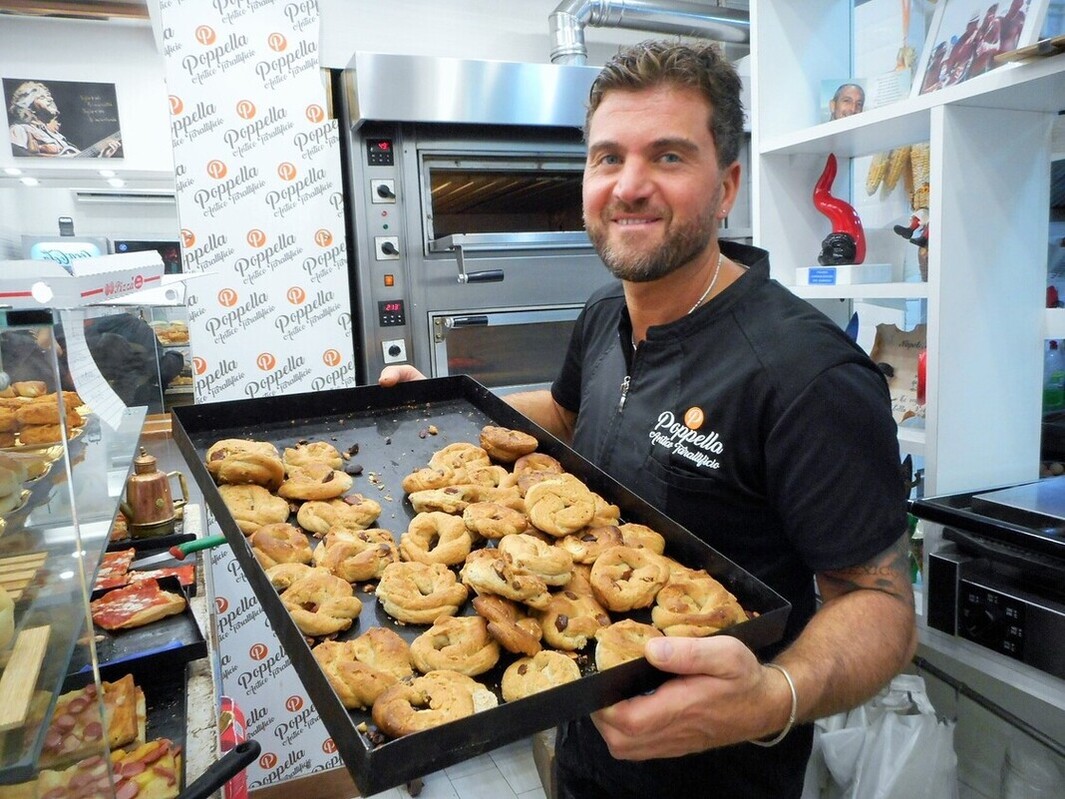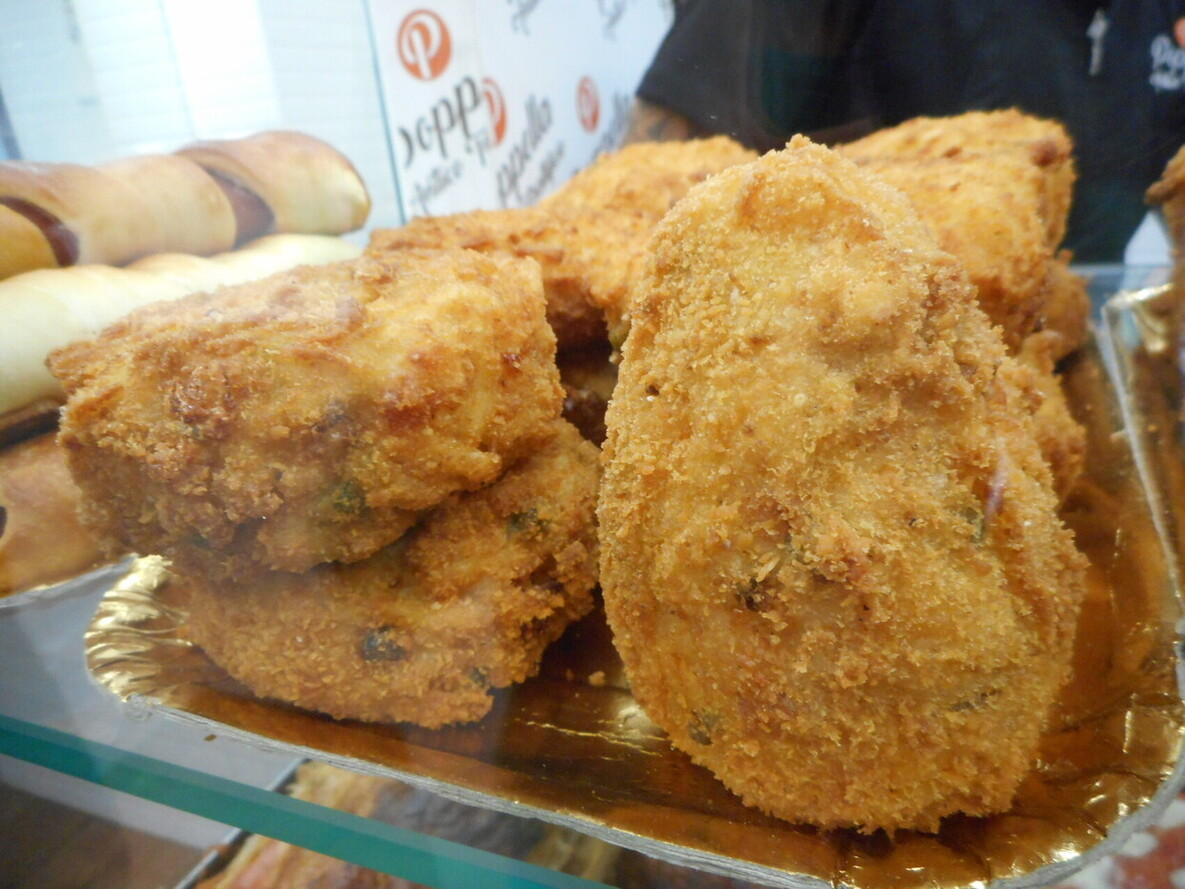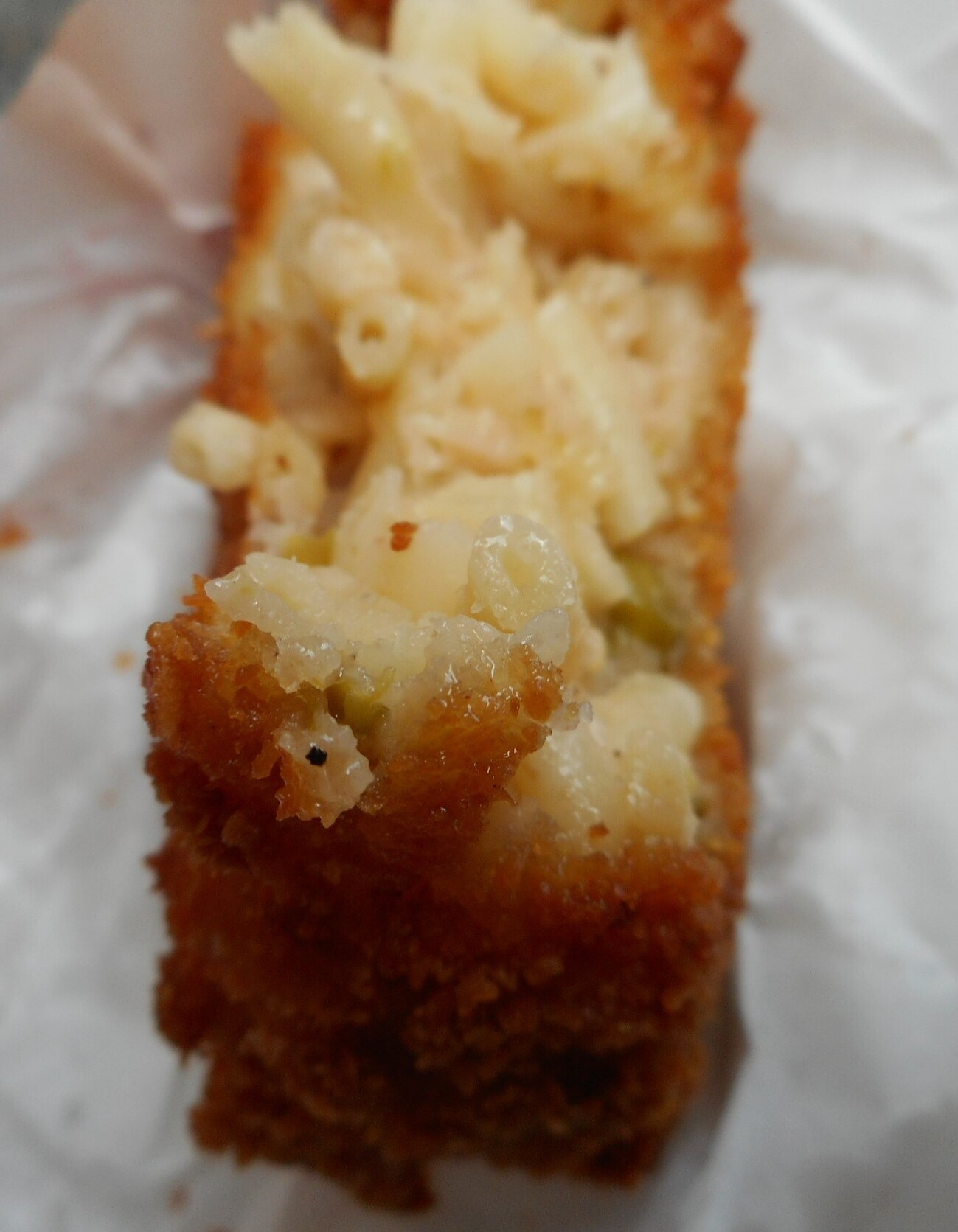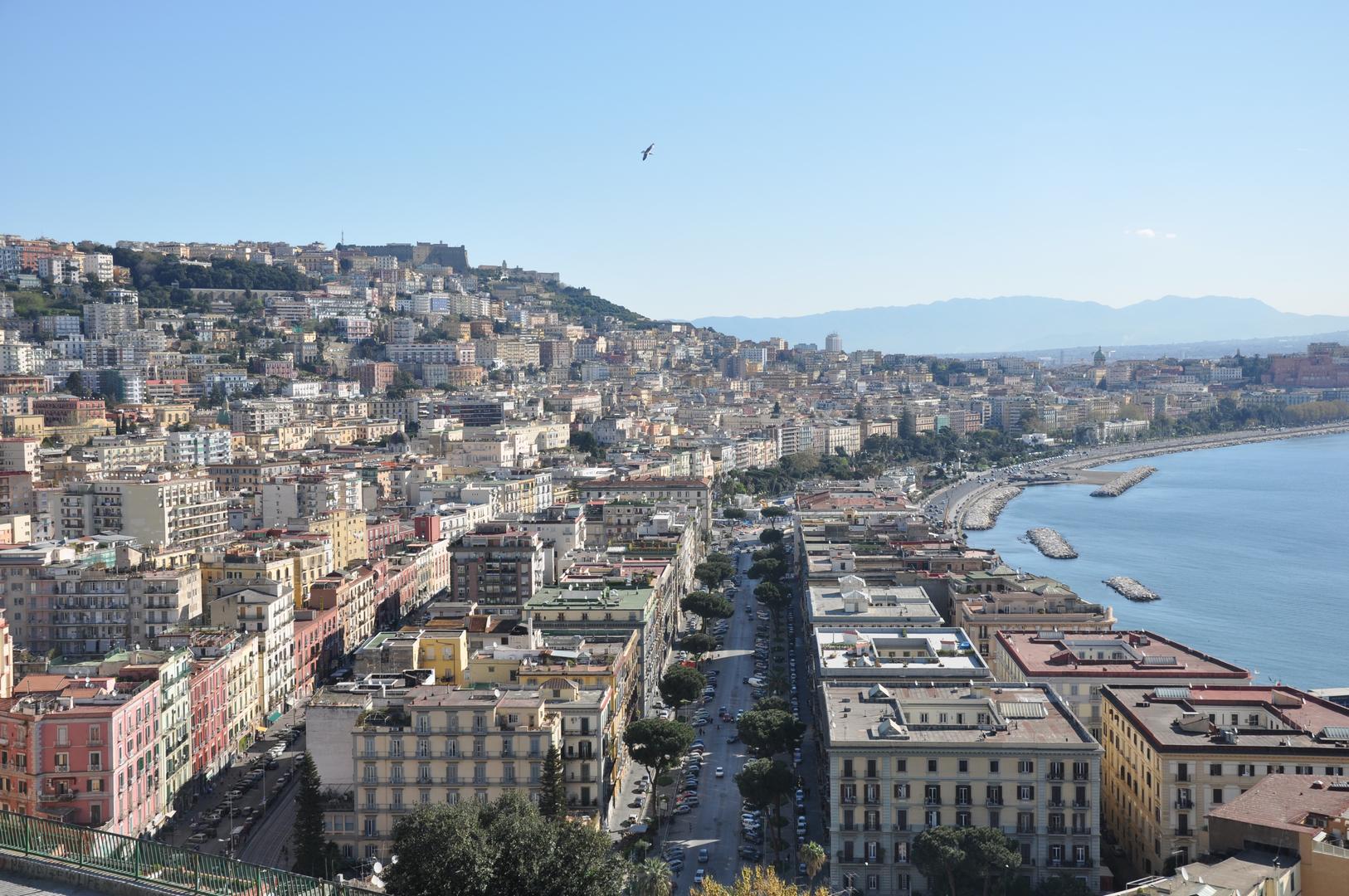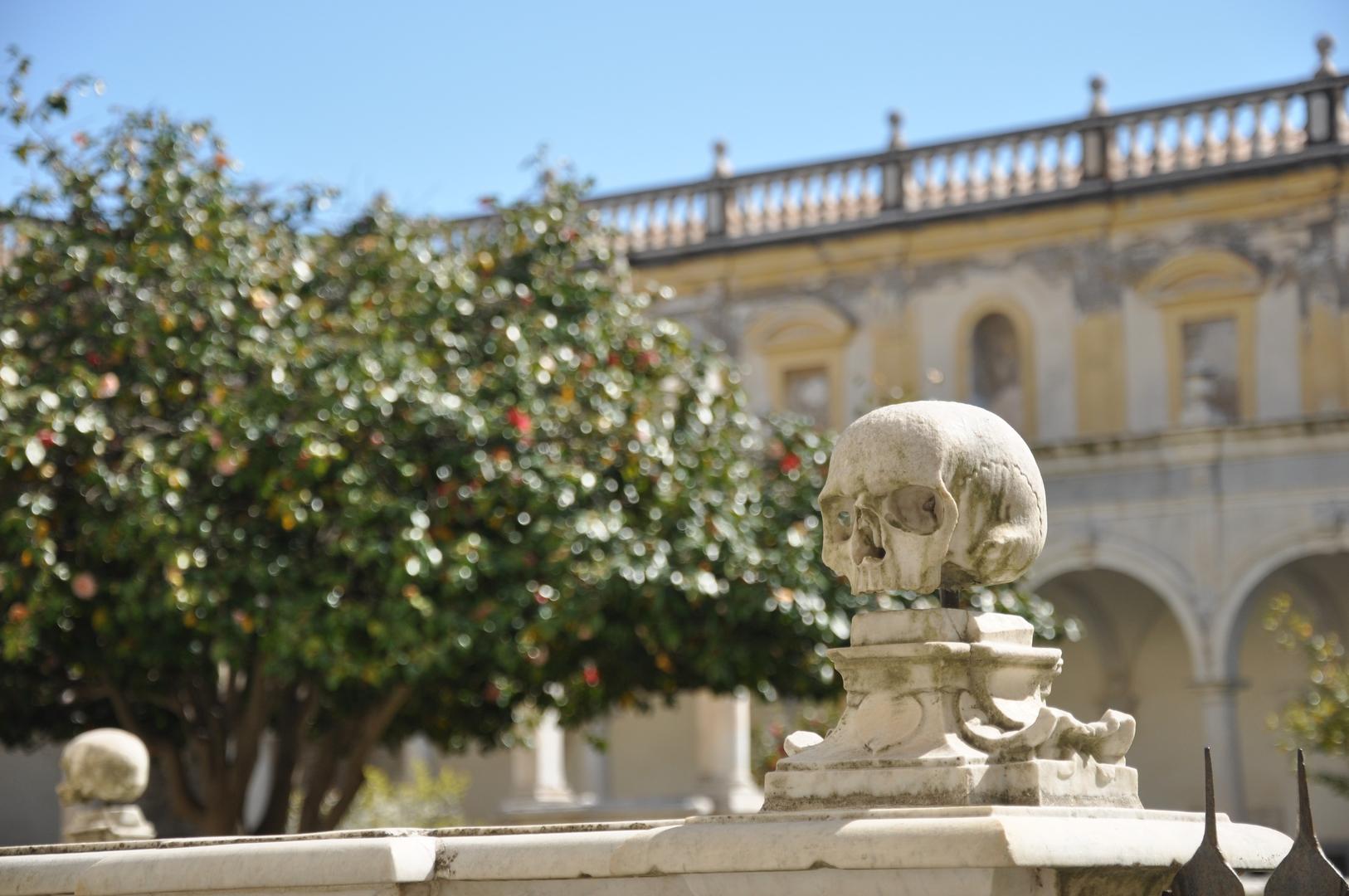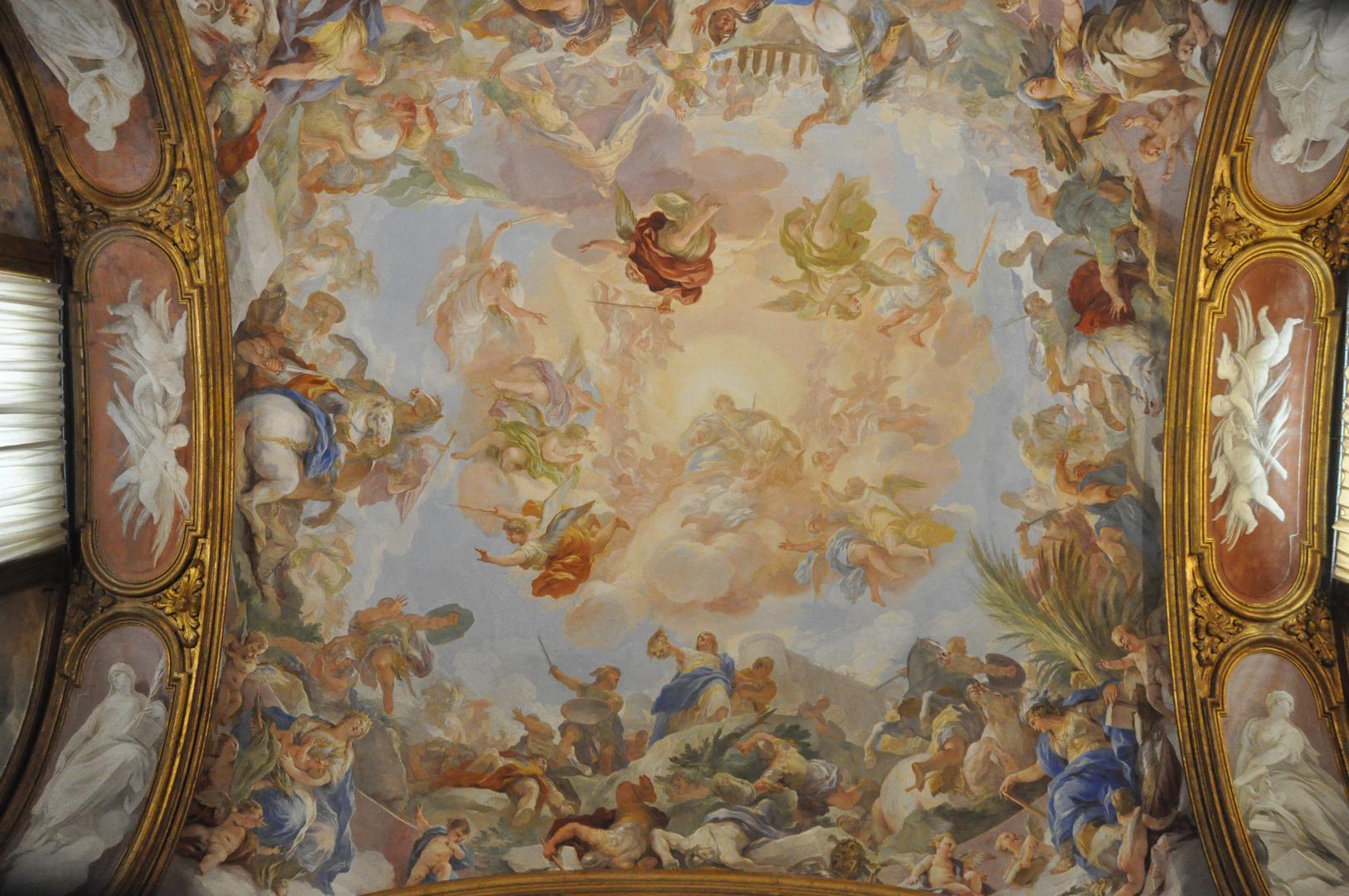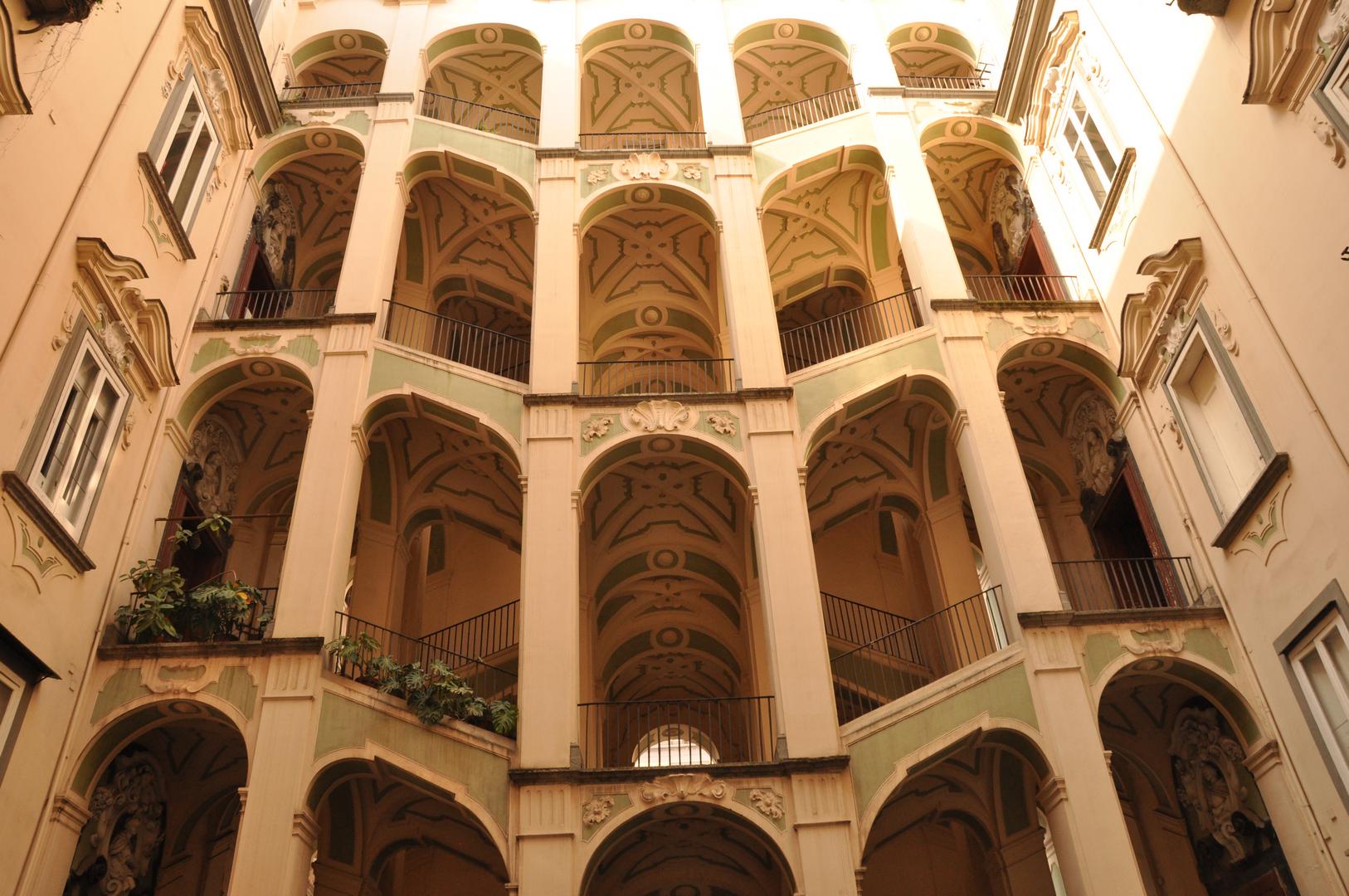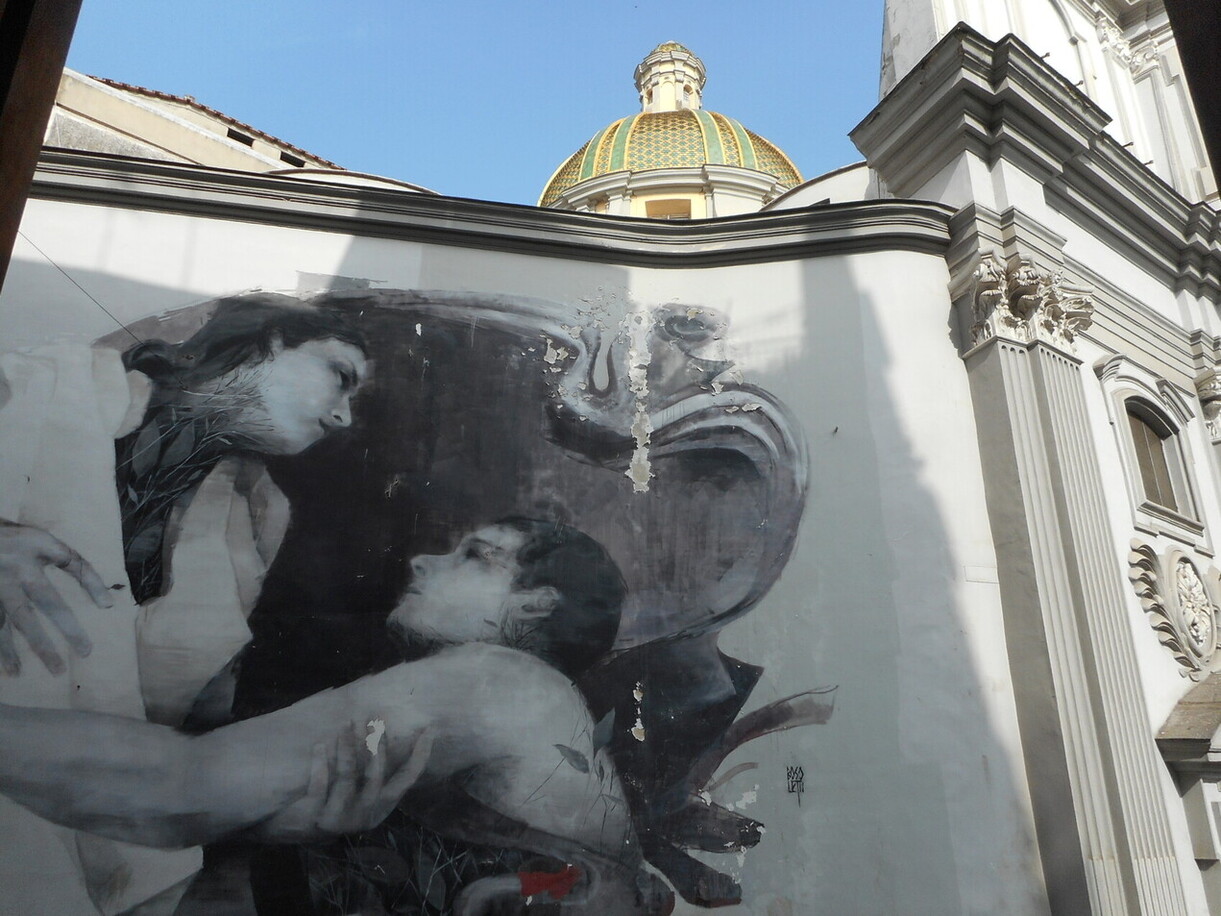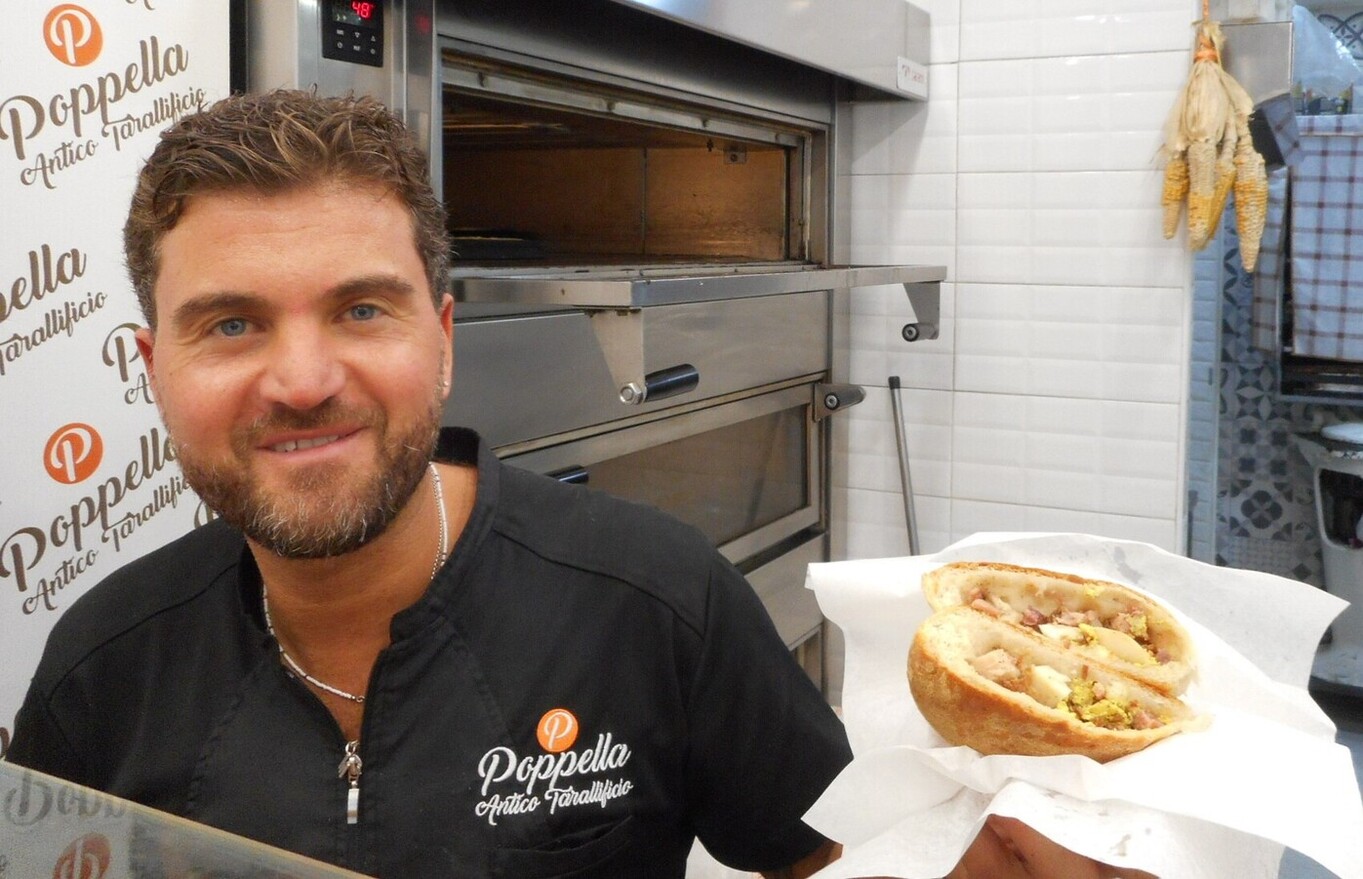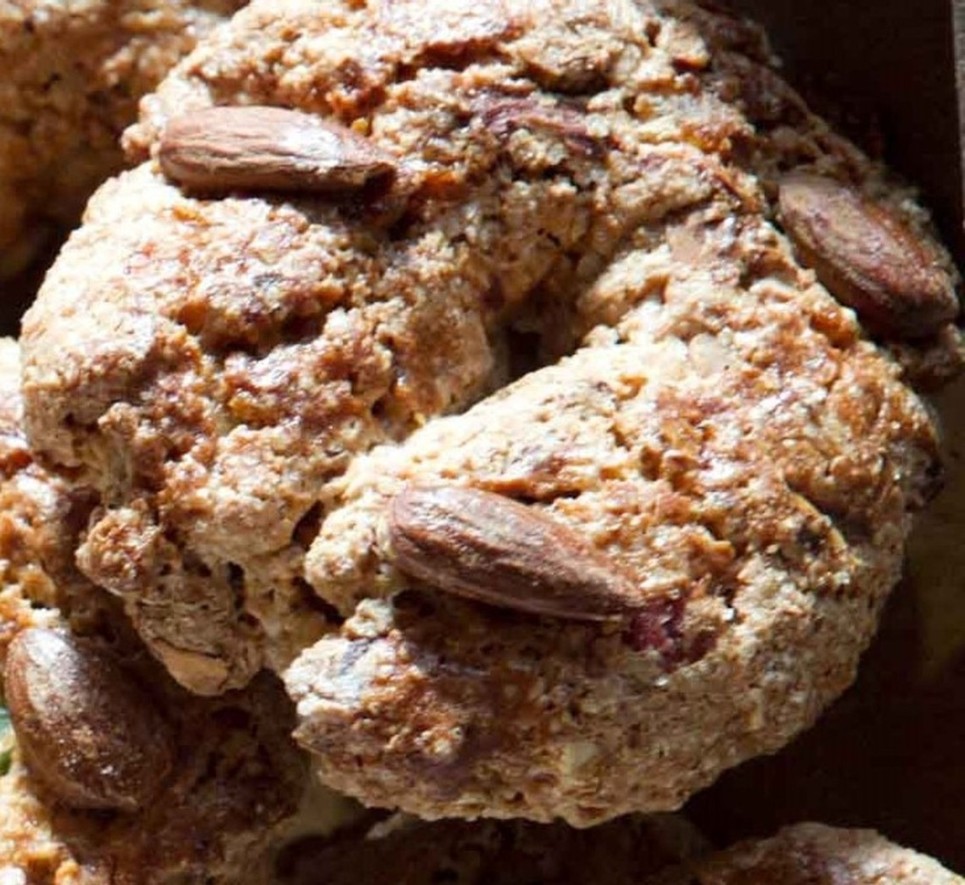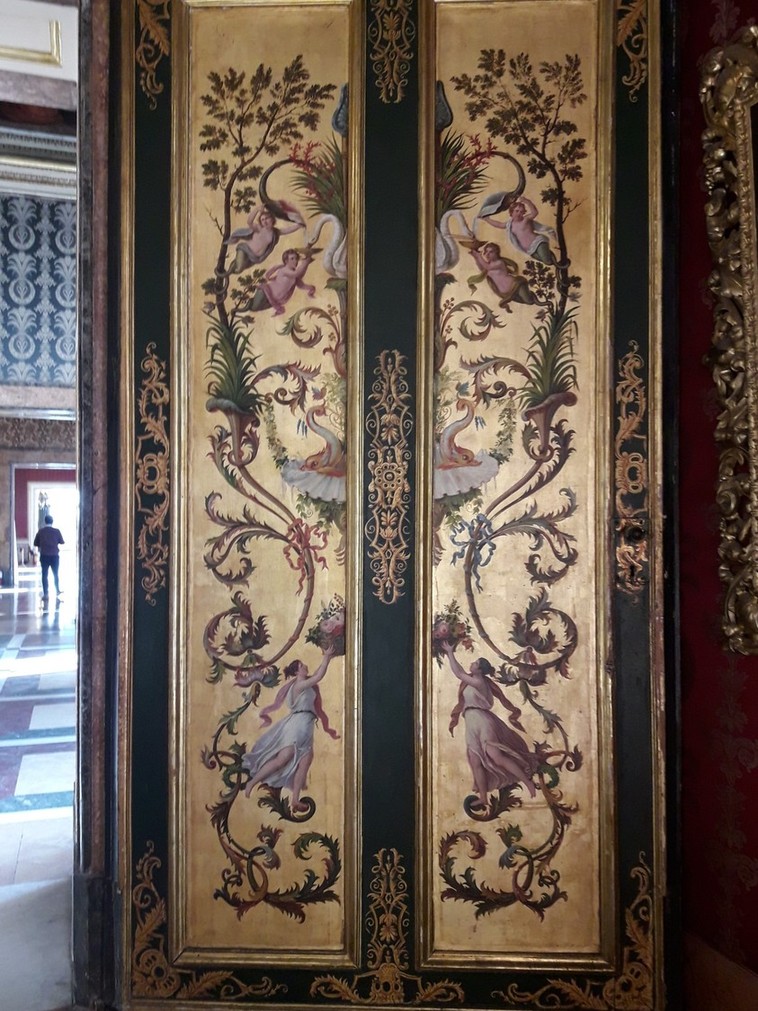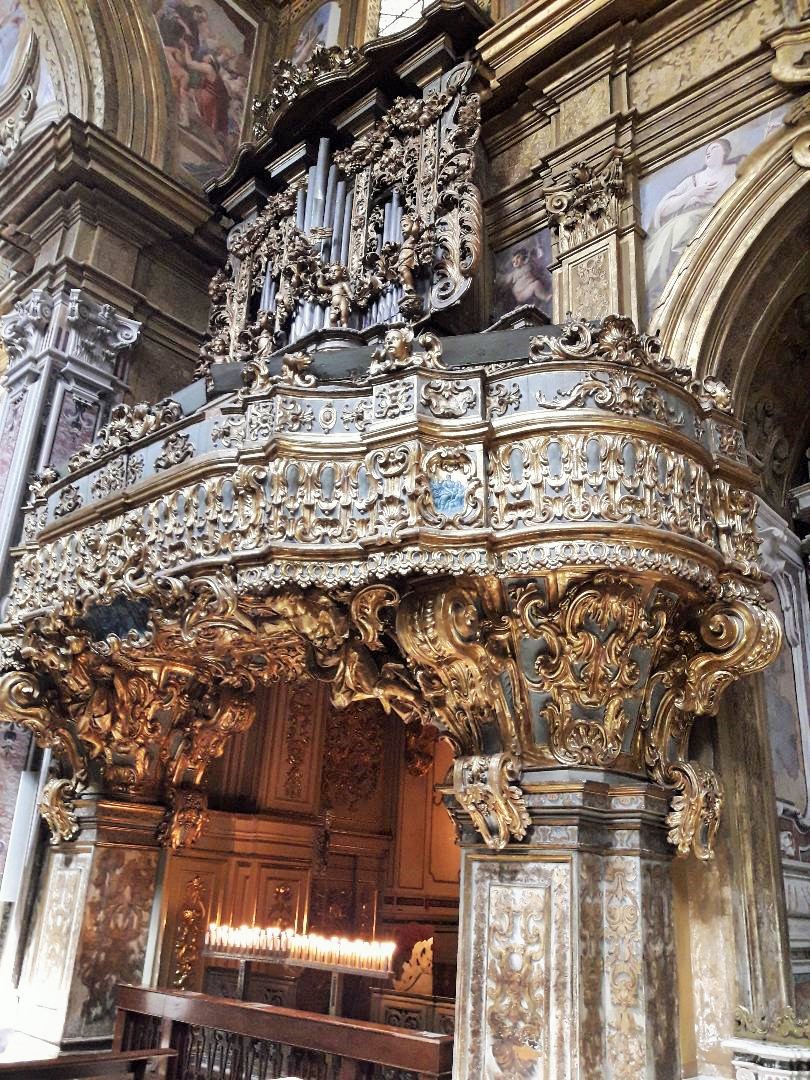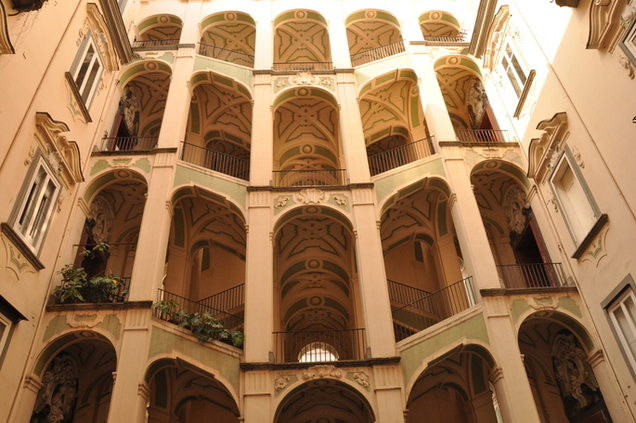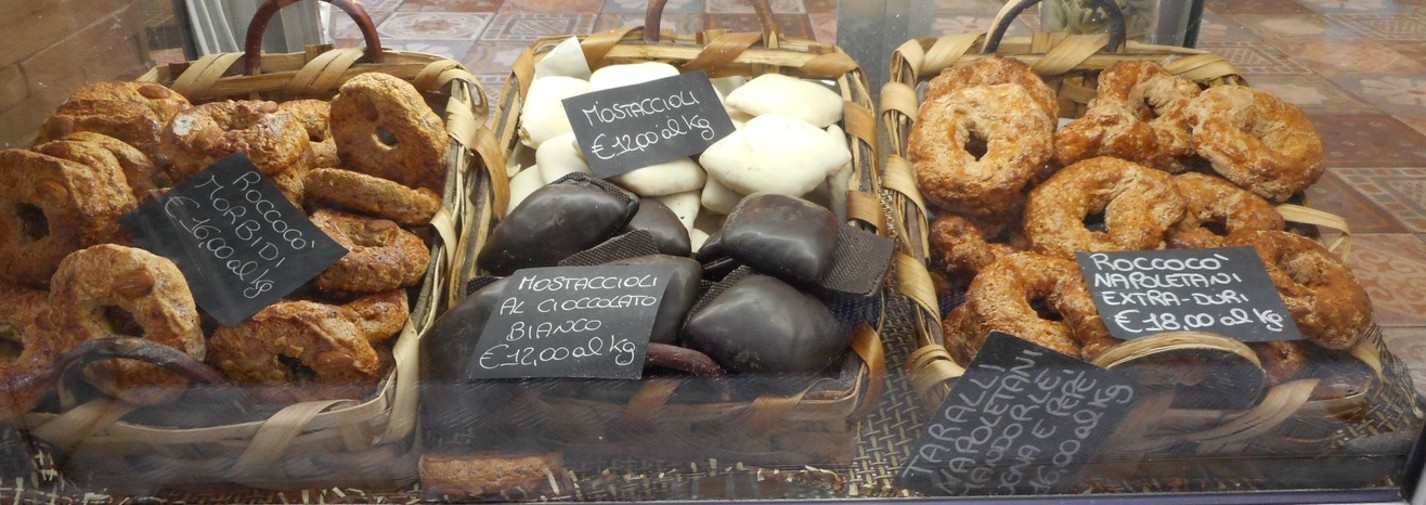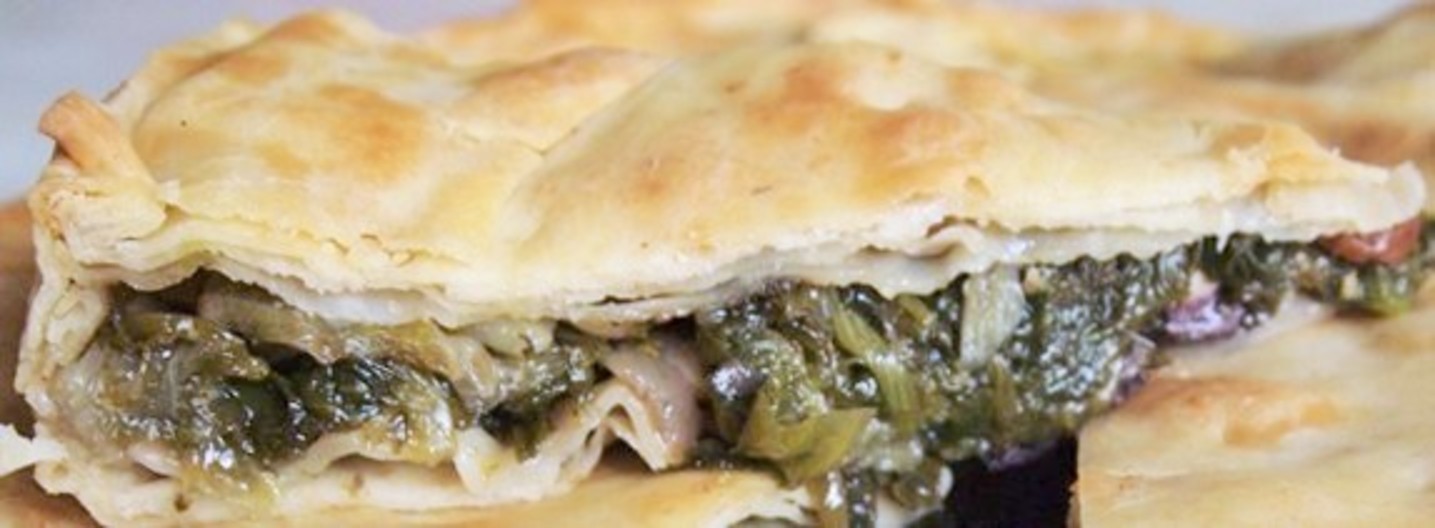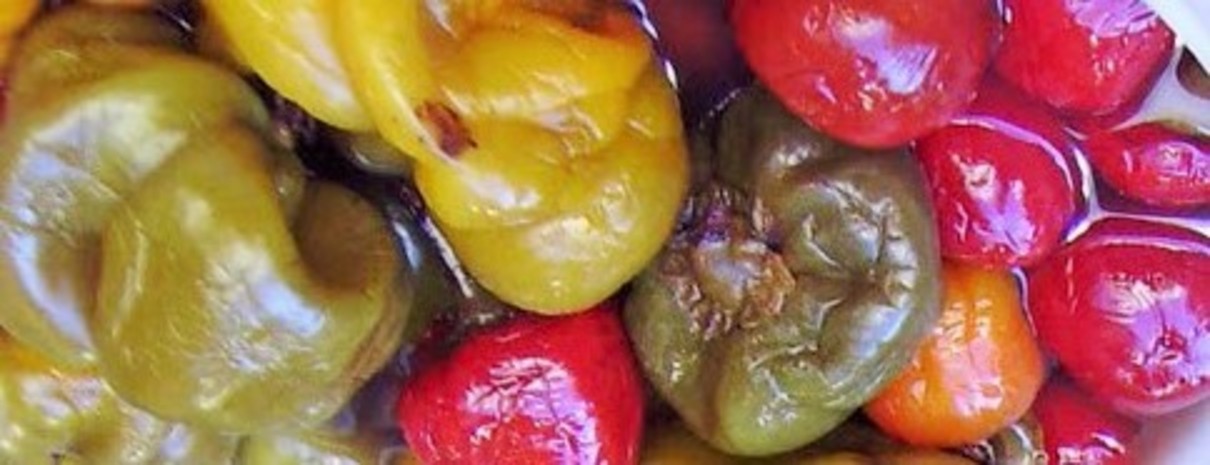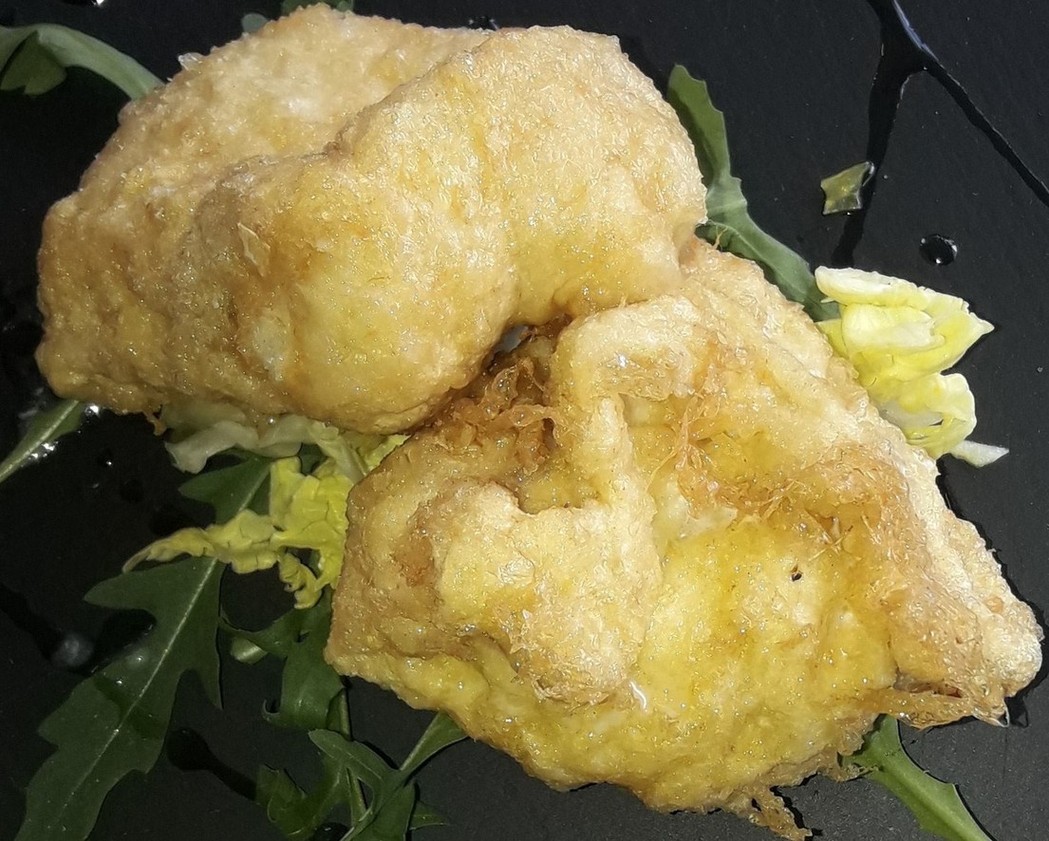Walking across the bustling Ponte della Sanità on a sunny October Sunday morning, you can look ahead of you towards Capodimonte, behind you towards Vesuvius and next to you the tops of buildings in the neighbourhood below. You might not know that the bridge is actually named Ponte Maddalena Cerasuolo, a heroine of the Neapolitan resistance.
You may also wonder how a bridge seems to have been built right on top of the densely populated borough, one of the most ancient parts of the city
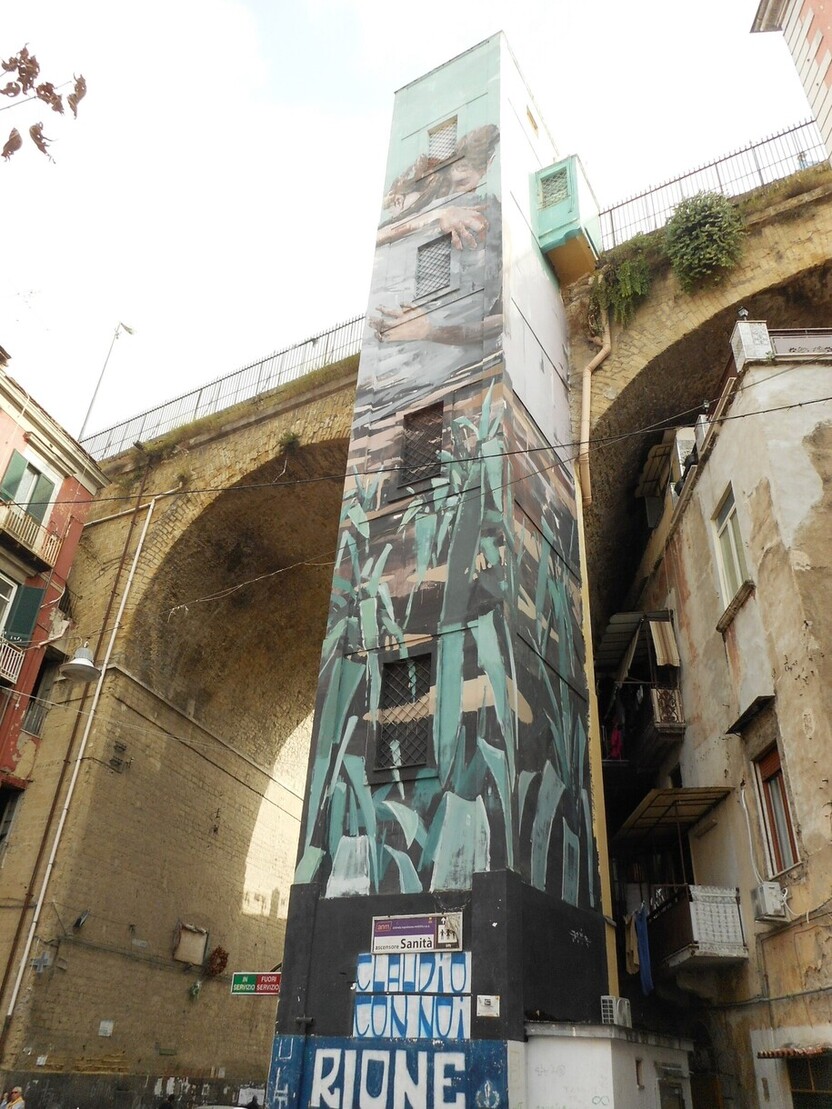
Basilica di Santa Maria della Sanità and Resis-tiamo by Francisco Bosoletti
which was home to the famous actor Totò and the delicious taralli and pagnotiello!
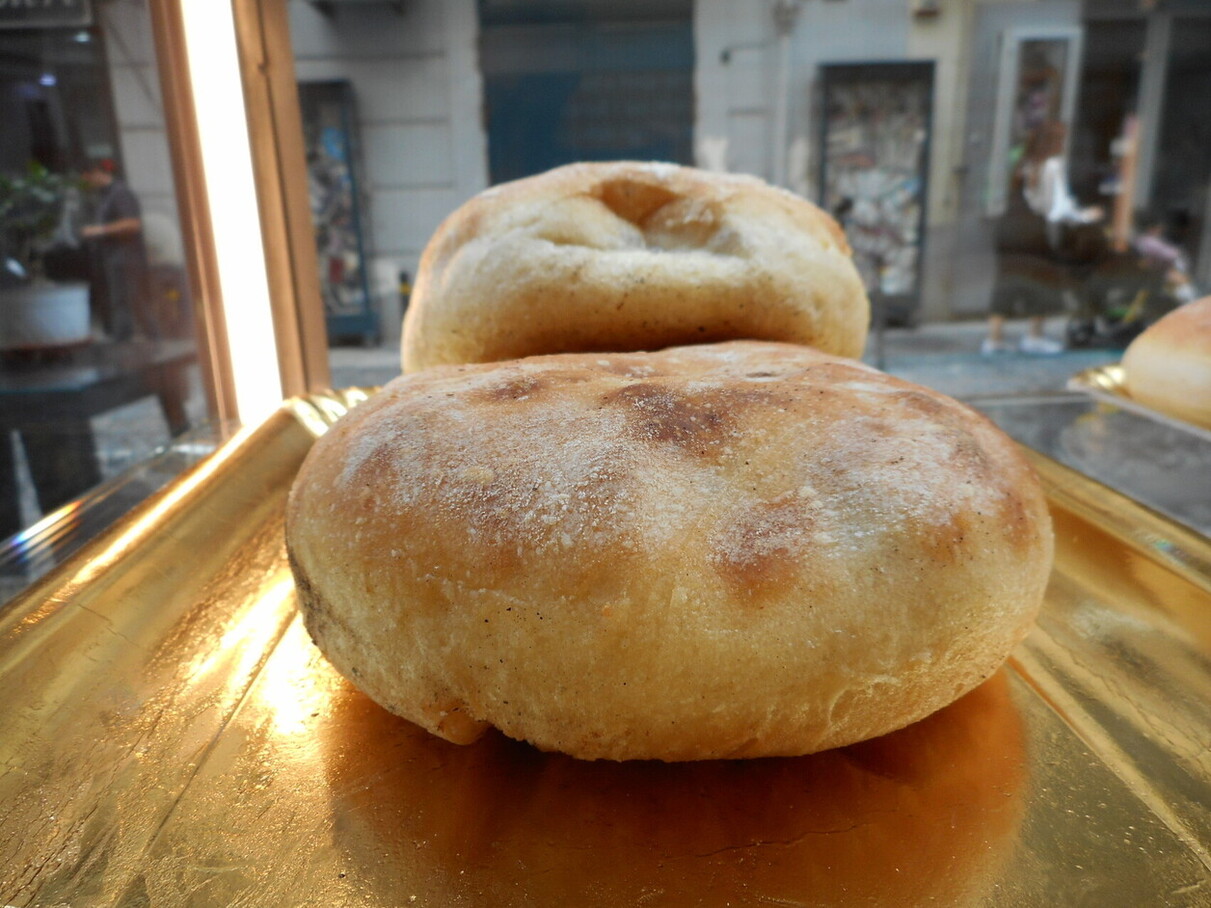
The bridge began as an ambitious project by Giuseppe Bonaparte at the beginning of the 1800s to connect Naples with the Royal Palace and Park of Capodimonte and was finished by Gioacchino Murat who called the new thoroughfare “Corso Napoleone”. The bridge needed to bypass the Sanità neighbourhood which was all but an easy landscape to navigate – it was full of ancient necropolises, beautiful buildings, churches and cloisters. Not an easy task, to say the least.
The architect Nicola Leandro found a bold solution for supporting the bridge: completely raze Santa Maria della Sanità’s large cloister and permanently disfigure the small cloister with one of the bridge’s supporting structures.
Years later the wound was redeemed during the Four Days of Naples (27 September to 30 September 1943). The bridge became the symbol of the liberation of Naples when a group of partisans, among them the 23-year-old Maddalena Cerasuolo, protected it from the Germans. Defeated by the popular uprising, they hoped to destroy the elevated road in order to block all northern connections with the city but on 29 September Maddalena (Lenuccia) Cerasuolo and a other partisans defended the bridge and subsequently the city of Naples.
In 2011 the bridge was renamed and dedicated to the heroine.

Another feature of the bridge is the elevator which connects the major entryway into the city with the buildings below it. The elevator was built in 1937 and is now adorned with a stunning mural by the artist Jerico Cabrera Carandang entitled in Neapolitan dilect “Tieneme Ca’ Te Tengo” (“You’ve Got Me and I’ve Got You”). Named by local youth, the artwork image is of two young people hugging – a symbol of the strength and warmth of the Quartiere Sanità.
And do you remember our post about our beloved Ria Rosa? Check out one of our favourite songs –Non mi seccare– which immortalises this bridge in which she chastises an ill-fated suitor for attempting to want to date her. https://www.youtube.com/watch?v=JWe3YhqnFyA
Next time you might find yourself in the neighbourhood, grab a pagnotiello at Poppella, a savoury sandwich stuffed with cheese, cicoli, eggs and seasoned with black pepper and take the elevator up to one of the most iconic bridges in Naples which looks over one of the top twenty neighbourhoods in the world!
Lello Poppella and his satisfied client
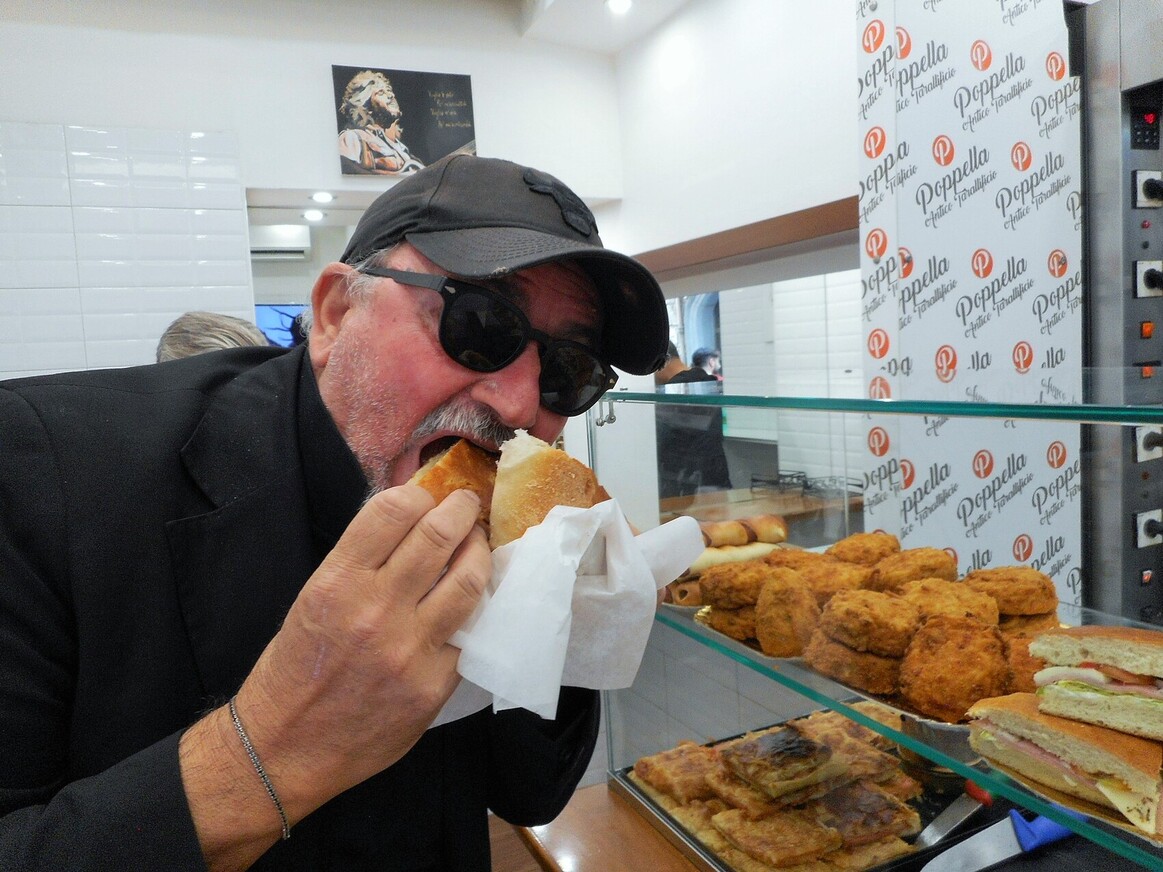
If you want to walk all the way up to Capodimonte fabulous Park and Museum, feed your pace with Lello Poppella’s always warm taralli, frittatine di maccheroni and genuine smile.
